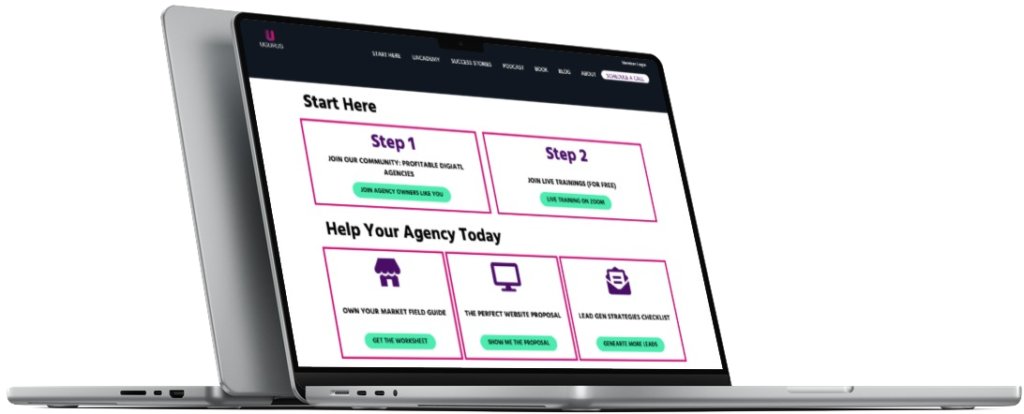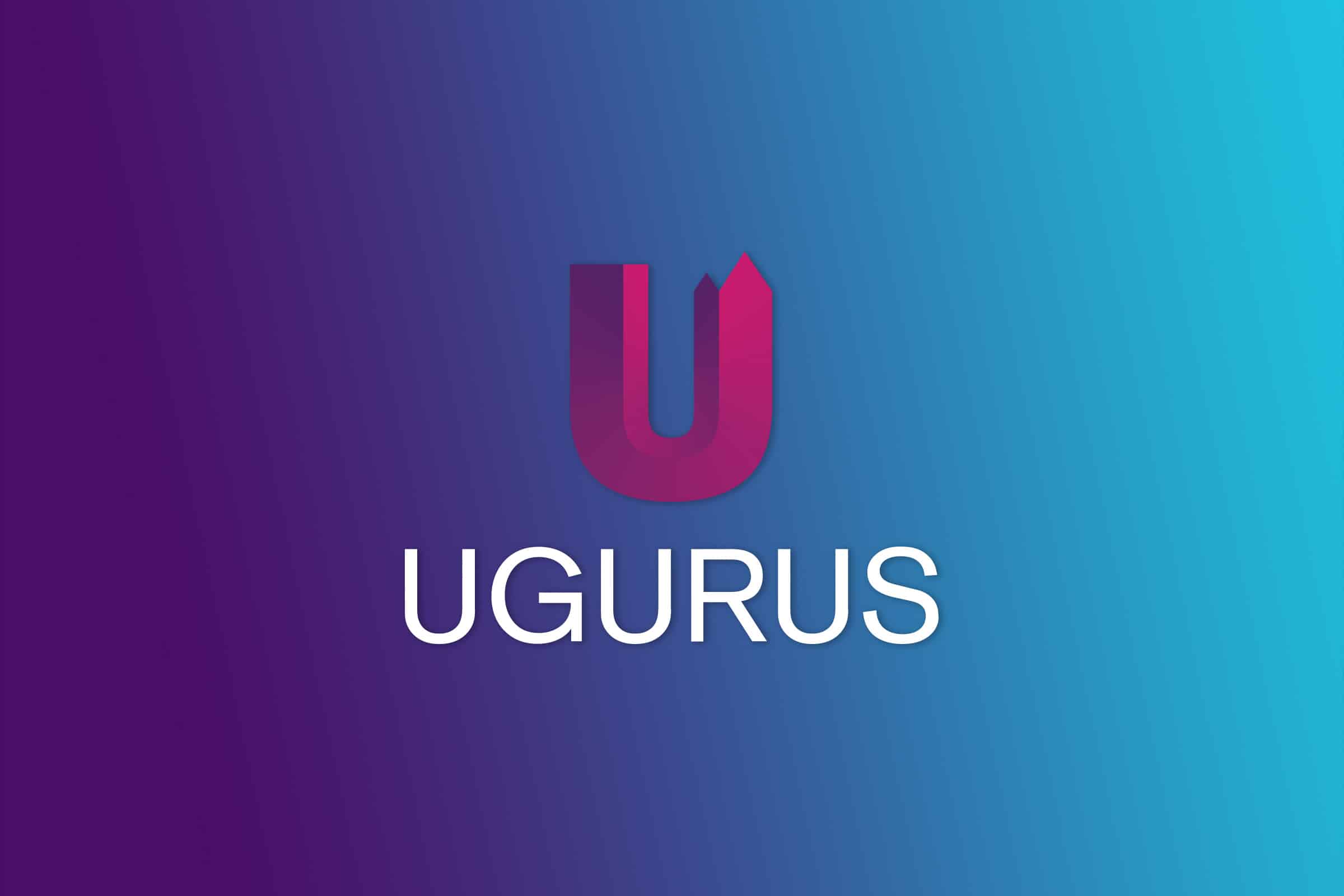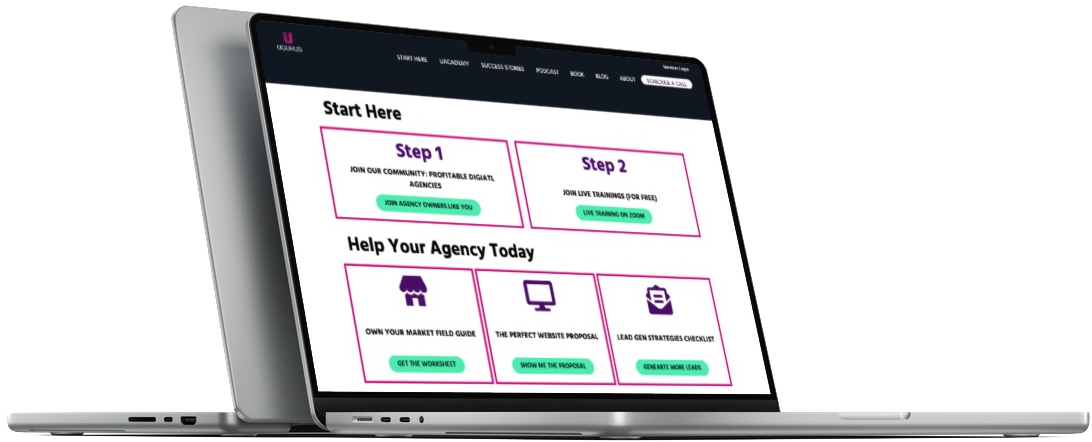Your sales call isn’t working. You’re running into roadblocks and clients aren’t taking your offer. These are the principles behind creating a call that closes new clients faster.
Today, I’m going to talk about improving your win systems. I want you to sell more effectively so you can bring on more high-value clients.
(More articles on how to win clients: Qualified call, Proposals, and more)
You have inbound leads coming in. You’ve got people booking strategy calls with your agency.
And that’s where it all starts to fall down. You’re going through too much back-and-forth with clients. You’re not closing them fast enough, assuming you’re closing them at all.
Your strategy call isn’t where you need it to be.
In this article, I’m going to cover the Five Hot Principles behind creating a great strategy call. But first, let’s look at what makes these calls so difficult and some of the problems you’ll face.
What Makes Strategy Calls so Hard?
Your strategy call is your initial sales interaction. It’s one of the most vital points in your sales process.
There are all sorts of reasons why strategy calls get difficult. You might struggle to get all of the major decision-makers on the call. Maybe you find it tough to get them excited or to get them to commit to your solution.
Do you have a process in place for the call? This isn’t something you can put on autopilot, but it is something you can build a process around. You need the process to be the lever that carries the weight of the call.
The right process will stop you from:
- Wondering what to ask next
- Getting lost during the call
- Handing control of the conversation over to the client
Maybe your strategy calls are so hard because you don’t have that process in place yet.
The Problems
So, what happens if you don’t have a process?
The biggest issue is that it takes too long to get money.
Some of you are doing a qualifying call, multiple discovery calls, a solution presentation, and a proposal presentation.
And you’re doing all of that before you ever get paid.
You may need this model before you’ve figured out who your audience is. But once you know who you’re targeting, you need a quicker way to go from qualifying to sales.
Another problem is that you might not really know what to say when you get your prospect on the call. Maybe you’re asking them to book a strategy session because you see other agencies doing it. But you don’t know what that session’s really about, so you end up doing the same things you’ve always done.
Ultimately, you fear that you’re going to lose control of the sales process. That fear can lead to you falling back on bad habits. You start consulting on the call instead of focusing on what you really need to do – close the sale.
The Opportunities
Creating a strategy call process gives you the opportunity to make money faster. Your process is going to get you some payment for what you’re doing. You’re not going to get the entire thing. However, you’ll get some of it within one or two interactions.
You’ll also be able to sell with confidence because you’re running off a framework. You’ll be able to commit this stuff to muscle memory so that it feels natural when you’re on the call.
Eventually, you’ll know all of the questions and you’ll know where you’re heading. That makes it a more effective sales process.
The Five Hot Principles
The goal here is to improve your cash flow, help you get higher-value clients, and stop wasting your time.
That means you have more freedom and you might actually get to go home to the family at a reasonable hour.
There are the Five Hot Principles behind the Strategy Call Advantage.
Hot Principle #1 – Upgrade Your Interaction Model
I touched on this a little earlier when talking about a possible framework for sales interactions.
With that model, you’re going to have eight interactions with the client before you make any money. That’s a huge time investment on your part and it’s all wasted if the client decides not to sign up.
Is it time to upgrade?
With this model, you’re going to handle a lot of the touchpoints with your marketing engine. By the time the client shows up to the strategy call, they’ve had several interactions with your message already. They know who you are and the types of problems that you solve.
Some of my clients speak at conferences in their specific market to get the message out. Some run webinars or develop partnerships with professional organizations in their niche.
When they get leads, they’ve already interacted with the client three or four times before that first sales interaction. That means they’re ready to close on the first call.
The key thing here is that your strategy call is not a full discovery call. You’re not going to spend 60 minutes learning about the client and building a strategy for them.
It’s an opportunity to provide clarity for your client.
You’re telling the client you’re going to build a strategy to solve their initial problem. But you’re not going to take time to build their business strategies with them right now.
So, you’re qualifying, solving a basic problem, conducting some basic discovery, then making your offer.
That offer is for the creation of a strategy about how you can work together.
Hot Principle #2 – Take Control and Master the Flow
You don’t want to start the conversation by asking what your client’s looking to do. When you do that, you’re letting the client drive the process.
It’s like having a dancing partner. Somebody’s got to take the lead.
You need to be the one saying: “This is how it’s going to work.”
And if the client does try to take control, you’ve got the process to fall back on. You can tell them that you do five or six of these calls a week and that you want to make sure you make the most out of everyone’s time.
Here’s the basic structure of the call:
- Qualify
- Unpack the “Island of Sad” (current pain points)
- Figure out the “Island of Happy” (where they want to be)
- Offer a Bridge
- Get a Reflection
- Lay out the Investment of Time and Money
- Overcome the Objections
- Win Engagements or Schedule the Next Appointment
Hot Principle #3 – Dig Into Their Reality
Think about this like you’re going spelunking.
You’re going on an adventure into your client’s current worldview. You’ll learn about what they’re currently struggling with and the issues that they have.
The goal is to spend 15 minutes on a quick expedition into what their problems are today.
You want to know this because you’re going to use that information when you make your offer.
This is super important.
If a client asks you about pricing and you just tell them how much something costs, you’ll find yourself in trouble. You haven’t gone into the client’s reality so you’re not selling to a problem or opportunity.
You’re just presenting a price to the client.
Hot Principle #4 – Map out Their Ideal Results
Now think of yourself as the person who’s going to take the client on a journey up a mountain.
That expedition’s going to require specific gear. You need to figure out who’s coming on the journey with you and what you’re trying to achieve.
That’s the ideal result for the client. Map it out for them so they understand the journey you’re going to take them on.
You can do this while you’re digging into the client’s reality. There’s some fluidity here, so you might do this before you go spelunking.
For example, you might find that if you spend 15 minutes on the client’s pain, they don’t really know what the ideal looks like. They’ll just say that they want things to get better.
Hot Principle #5 – Make an Offer
The key here is that you have to frame your offer in reality.
That’s why you map out the ideal and dig into their reality. That allows you to frame your offer around the problems and ideal situation that the client’s just told you about.
Create the bridge from their reality to the results.
If that bridge isn’t believable or exciting enough, the client will turn down the offer. That either means they’re not a good fit or you’ve failed to understand and quantify their real problems.
Don’t just present your program and price.
Present everything in the frame that the client helps you to build.
Create Your Strategy Call Process
These Five Hot Principles will help you to build a framework for your strategy calls. You get to take control and close the client in the space of a single call.
That means you’re getting paid faster and spending less time going back and forth.
If you’re not a member of UACADEMY yet, apply for your FREE strategy session today to discover if we’re a good fit for your agency.
GET YOUR FREE AGENCY ACCELERATOR PACKAGE






